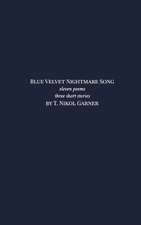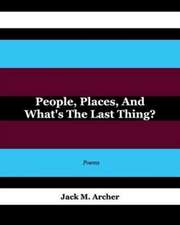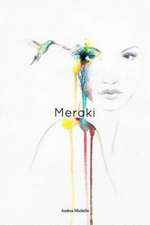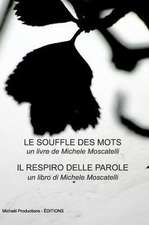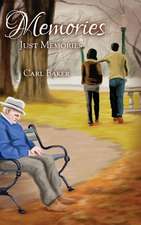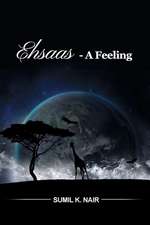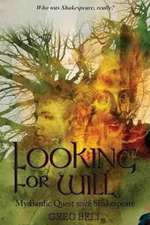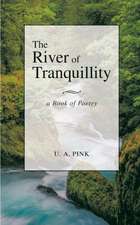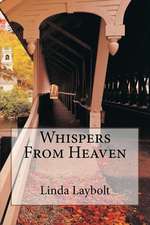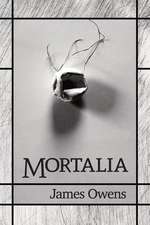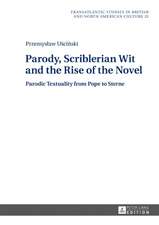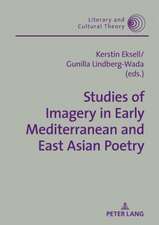Funtime, Endtime: Reading Frank O'Hara: Encounters. the Warsaw Studies in English Language Culture, Literature, and Visual Arts
Autor Tadeusz Pioroen Limba Engleză Hardback – 27 sep 2017
Preț: 453.39 lei
Nou
Puncte Express: 680
Preț estimativ în valută:
86.76€ • 90.07$ • 72.35£
86.76€ • 90.07$ • 72.35£
Carte tipărită la comandă
Livrare economică 24 martie-07 aprilie
Preluare comenzi: 021 569.72.76
Specificații
ISBN-13: 9783631732090
ISBN-10: 3631732090
Pagini: 142
Dimensiuni: 148 x 210 x 15 mm
Greutate: 0.35 kg
Editura: Peter Lang Copyright AG
Seria Encounters. the Warsaw Studies in English Language Culture, Literature, and Visual Arts
ISBN-10: 3631732090
Pagini: 142
Dimensiuni: 148 x 210 x 15 mm
Greutate: 0.35 kg
Editura: Peter Lang Copyright AG
Seria Encounters. the Warsaw Studies in English Language Culture, Literature, and Visual Arts
Notă biografică
Tadeusz Pióro is an Associate Professor at the Institute of English studies at the University of Warsaw. His main research interest is the theory and practice of avant-garde literature. He has published articles on the New York School poets, Language poets, Ralph Ellison and James Joyce.
Descriere
Frank O'Hara's poetry, initially inspired by the Modernist avant-garde, underwent a radical change around 1960. This change parallels the decline of Abstract Expressionism and the rise of Pop Art, the former movement directly relevant to understanding his work. The book includes historical contextualization as well as practical criticism.






